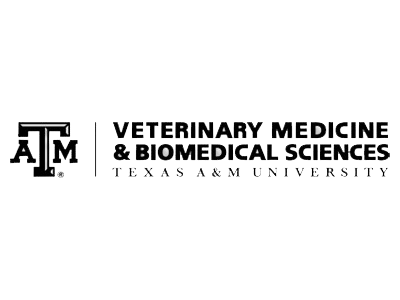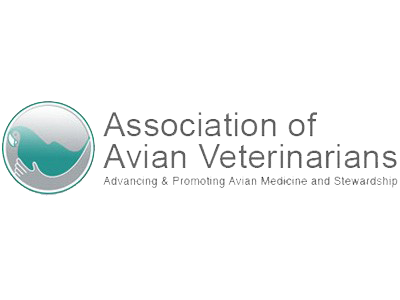Continue reading Canine Rabies: Symptoms, Causes, Diagnosis and Treatment
Category: Disease Prevention
Feline Rabies Treatment and Management
 Feline Rabies is an inflammatory infection that specifically affects the gray matter of the cat’s brain and its central nervous system (CNS). The primary way the rabies virus is transmitted to cats in the United States is through a bite from a disease carrier: foxes, raccoons, skunks, and bats. Infectious virus particles are retained in a rabid animal’s salivary glands to better disseminate the virus through their saliva.
Feline Rabies is an inflammatory infection that specifically affects the gray matter of the cat’s brain and its central nervous system (CNS). The primary way the rabies virus is transmitted to cats in the United States is through a bite from a disease carrier: foxes, raccoons, skunks, and bats. Infectious virus particles are retained in a rabid animal’s salivary glands to better disseminate the virus through their saliva.
Once the virus enters the cat’s body, it replicates in the cells of the muscles and then spreads to the closest nerve fibers, including all peripheral, sensory and motor nerves, traveling from there to the CNS via fluid within the nerves. The virus can take up to a month to develop, but once the symptoms have begun, the virus progresses rapidly.
Intestinal Parasite Screenings for Cats
 Parasites often go unnoticed because they are “silent”. Intestinal parasites that are more common have adapted so well to their hosts (your cat), that they are living in balance and cause no observational health issues. This can always change though, because when the parasites become too numerous the pet’s health is affected. The best approach, because of their silent nature, is to try to keep pets completely free of them before the balance becomes disturbed.
Parasites often go unnoticed because they are “silent”. Intestinal parasites that are more common have adapted so well to their hosts (your cat), that they are living in balance and cause no observational health issues. This can always change though, because when the parasites become too numerous the pet’s health is affected. The best approach, because of their silent nature, is to try to keep pets completely free of them before the balance becomes disturbed.
The Chemistry Panel in Dogs and Cats
Have you ever wondered what the normal values for the blood chemistry elements for dogs and cats are? Well, “normal” is actually quite relative. Every veterinary diagnostic lab and “in clinic” laboratory equipment will have its own set of calibrated values that are considered “normal”. So as to be expected, the “normal values” will vary.
Heartworms in Dogs: Facts and Myths
Leptospirosis Treatment and Management for Dogs
 Leptospirosis is a disease that can be transmitted to humans and a small amount of other animals. It is an infection of bacterial spirochetes, which dogs acquire when subspecies of the Leptospira interrogans penetrate the skin and spread through the body by way of the bloodstream. If untreated, the disease can be fatal. In this article, I am going to discuss the the treatment and management options for Leptospirosis in dogs.
Leptospirosis is a disease that can be transmitted to humans and a small amount of other animals. It is an infection of bacterial spirochetes, which dogs acquire when subspecies of the Leptospira interrogans penetrate the skin and spread through the body by way of the bloodstream. If untreated, the disease can be fatal. In this article, I am going to discuss the the treatment and management options for Leptospirosis in dogs.
Continue reading Leptospirosis Treatment and Management for Dogs
Dental Care for All Pets
Do you avoid getting up close and personal with your pet’s breath? That bad breath is certainly unpleasant enough, but your pet could have a worse problem. Tartar buildup on teeth and inflamed gums can actually undermine your pet’s good health. This is why proper dental care is very important when it comes to your pet.
Heartworm Disease Awareness
Heartworm disease is a serious and likely fatal disease among pets in the United States and many other parts of the world. It is caused by worms that live in the heart, lungs and associated blood vessels of affected pets. These foot-long worms can cause severe lung disease, heart disease and damage to other organs. This disease is most commonly known in dogs and cats. It can also live in many mammal species including wolves, coyotes, foxes, sea lions and, although rarely, in humans. With wild animals like coyotes and foxes now living closer in proximity to many cities, they are thought to be important carriers of heartworm disease.
H1N1 Influenza in Felines
The H1N1 variation of the flu virus, previously referred to as “swine flu”, is infectious to felines and in addition to individuals. Moreover, this virus is additionally known to contaminate dogs, pigs, and ferrets. In spite of the fact that the spread of this specific flu infection is no more thought to be a pandemic, it is still spreading around the world.

























